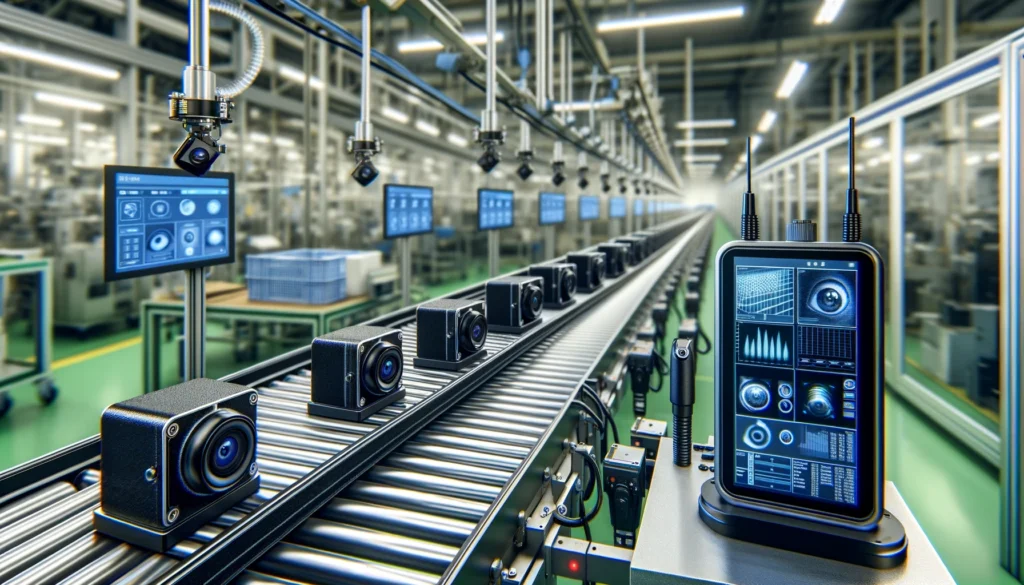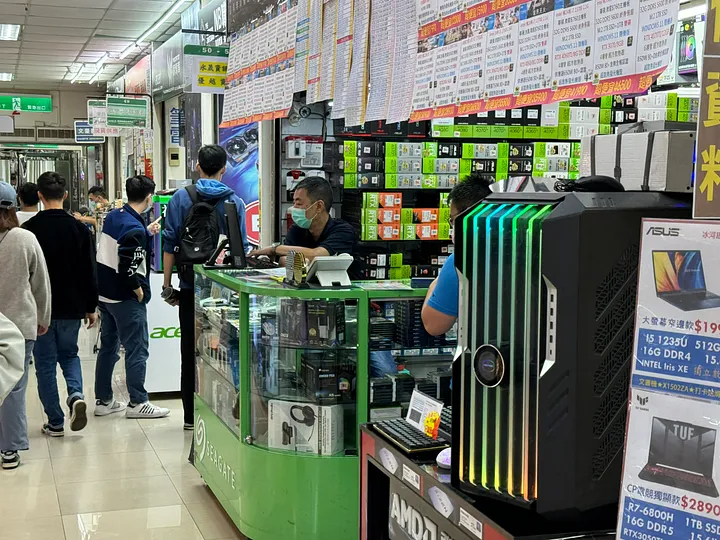Camera-based edge AI systems are set to transform workplace safety by enabling enterprises to intelligently monitor large and complex environments with much greater precision and cost-effectiveness than traditional inspection processes. The potential benefits are enormous, promising proactive hazard detection, enhanced worker protection, and streamlined compliance.
Camera-based edge AI systems go far beyond the simple automation of existing workplace safety procedures and protocols. By integrating smart people, vehicle, and object detection features, they enable enterprises to prevent potential accidents and identify potential hazards far more effectively than conventional procedures safety processes, over significantly larger areas. Key applications for these systems include:
Remote Hazard Monitoring
Remote facilities, such as expansive production sites or warehouses, often require teams to carry out physical inspections for fire, leaks, or other dangers. Camera-based edge AI cameras can provide constant, intelligent monitoring of these areas 24/7 without the need to hire additional staff. Early detection through sophisticated computer vision algorithms protects facilities and prevents equipment failures.
PPE Compliance Enforcement
Ensuring workers wear the right Personal Protective Equipment (PPE) before entering a worksite is essential for boosting safety and adhering to health and safety regulations. Camera-based edge AI systems enable enterprises to reduce employee accidents and injuries, strengthen compliance, and minimize insurance liability by actively notifying staff when violations are detected. As an additional benefit, the capture and analysis of PPE inspection and alert data on the cloud allows managers to adopt a proactive stance towards enhancing worksite safety through targeted training and other strategic measures.
Future Trends
As camera-based edge AI systems become more powerful and sophisticated, even broader safety applications are set to emerge. Systems will soon be capable of analyzing worker actions to pinpoint unsafe practices such as incorrect tool usage, allowing for proactive interventions and preventing potential injuries.
Traditionally used for security, camera-based edge AI systems can also flag unauthorized personnel in hazardous zones, preventing accidents and streamlining worksite safety protocols. Additionally, these systems will play a critical role in equipment malfunction monitoring. Subtle changes in equipment operation that might signal impending failure can be spotted by computer vision, allowing for preventative maintenance and avoiding costly downtime.
As their performance and functionality continue to rise, camera-based edge AI systems are poised to become as pervasive in safety as CCTV cameras are in security. Their ability to monitor demanding environments while pinpointing threats opens a vast landscape of applications across industries ranging from manufacturing and energy to logistics, and agriculture.
In manufacturing, these systems can be used for everything from material defect detection to hazardous material spill monitoring, ensuring both product quality and worker safety. Within the energy sector, they can monitor pipelines, wells, and other infrastructure for leaks or damage, playing a crucial role in remote areas.
Warehouses and transport hubs within the logistics industry will be made safer through automated equipment malfunction detection and worker behavior monitoring. Camera-based edge AI also has significant potential applications within agriculture, such as animal health, crop monitoring, and machinery hazard detection.
The transformation of worksite safety through camera-based edge AI is already underway. Enterprises investing today will gain a competitive edge in keeping workers safe, preventing costly incidents, and building a forward-thinking safety culture.
Long time technology industry fan here in Taiwan.



